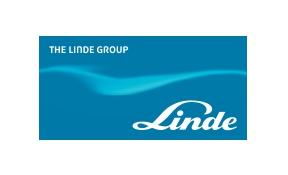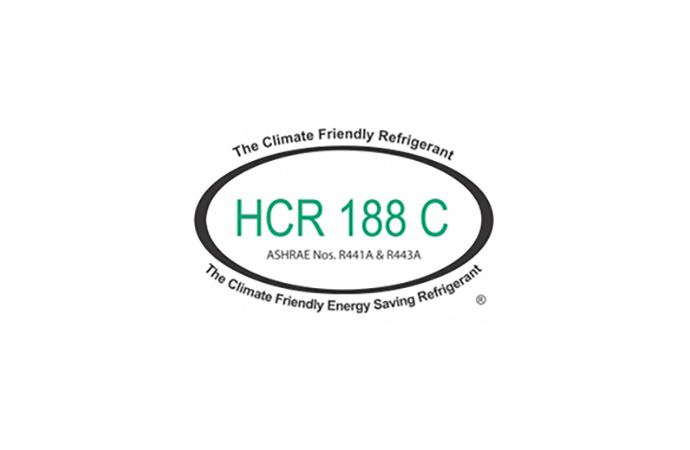The highly anticipated International Congress of Refrigeration (ICR) organised by the International Institute of Refrigeration (IIR) and held once every four years opened this week in Prague, Czech Republic. On the first day of the conference the latest cost-analysis of R290 air conditioning revealed some expenditure benefits of conversion to the natural refrigerant.

With members from 61 countries the IIR has been organising the ICR since 1908, when the first Congress was held at the Sorbonne in Paris. With the tagline for “Refrigeration for Sustainable Development”, throughout the ICR Technical Sessions various papers will be presented on natural refrigerants including hydrocarbons. At the technical session “Development in refrigerant cycles for air conditioning” Daniel Colbourne presented the cost implications of R290 split-air conditioners.
Costs analysis of producing split-type air conditioners using HC-290, Colburne D., Croiset I. C., Ederberg L., Usinger J.
The cost analysis study presented an overview of the cost effectiveness of using various alternative refrigerants in Article 5 countries. With decisions about which refrigerant to opt for as an alternative to HCFC 22 sensitive to cost implications, the data presented provide a valuable understanding of the outlays involved when investing R290.
To begin with, the figures from first hand experiential data were normalised to a standard set of conditions based on the following assumptions:
Product costs
Based on the above assumption, the costs associated with system materials, production line, product development, infrastructure and staff training were all calculated as the following:
Overall R290 costs
According to the study, R290 incurs additional production costs, calculated as 50% higher than for R410A, but these costs are offset by the lower costs of product construction, with savings achieved as a result of minimising the use of certain materials. Moreover, there is a significant benefit in terms of cost effectiveness associated with greenhouse gas emission reduction. Compared to R410A which has a calculated cost-effectiveness of emission reduction of €408, R290 has a cost-effectiveness of -€0.3.
Costs analysis of producing split-type air conditioners using HC-290, Colburne D., Croiset I. C., Ederberg L., Usinger J.
The cost analysis study presented an overview of the cost effectiveness of using various alternative refrigerants in Article 5 countries. With decisions about which refrigerant to opt for as an alternative to HCFC 22 sensitive to cost implications, the data presented provide a valuable understanding of the outlays involved when investing R290.
To begin with, the figures from first hand experiential data were normalised to a standard set of conditions based on the following assumptions:
- It was assumed that a manufacturer already produces the same number of air conditioners (some 250,000 units) annually using HCFC 22
- That the production facilities are ageing
- Production was deemed to be in an article 5 country or developing country.
- Personnel costs were taken to be an average of those with high production of air conditioners – Brazil, China, India, Thailand and Turkey.
- Total number of staff involved in the production line would be in the order of 150 to 250 employees.
Product costs
Based on the above assumption, the costs associated with system materials, production line, product development, infrastructure and staff training were all calculated as the following:
- System materials: R290 favours smaller diameter tubing, requiring less copper for the interconnecting pipe work, evaporator and condenser, and a reduction in costs in comparison to R410A of €6 million.
- Production line costs: results show there is a cost increase associated with the use of R290 due to safety equipment needed to manage flammability. The study estimates this cost to be €105,000 to €200,000.
- Product development: product development costs were assumed to be in the order to €250,000 and €3,500,000 depending on whether companies spend significant amounts of research and development (R&D) or carry out the minimum of R&D activities.
- Infrastructure and training costs: these were calculated based on various assumptions, resulting in training outlays for R290 of €900 for nine days.
- Tools and equipment: with regard to tools and equipment sources of ignition are a concern. Whilst recovery machines can be designed to remove any potential ignition source, the vacuum pump requires priming the refrigerant with nitrogen and switching the pump on and off at a remote position. As a result additional costs of €100 - €600 were calculated.
Overall R290 costs
According to the study, R290 incurs additional production costs, calculated as 50% higher than for R410A, but these costs are offset by the lower costs of product construction, with savings achieved as a result of minimising the use of certain materials. Moreover, there is a significant benefit in terms of cost effectiveness associated with greenhouse gas emission reduction. Compared to R410A which has a calculated cost-effectiveness of emission reduction of €408, R290 has a cost-effectiveness of -€0.3.
MORE INFORMATION
Related stories










